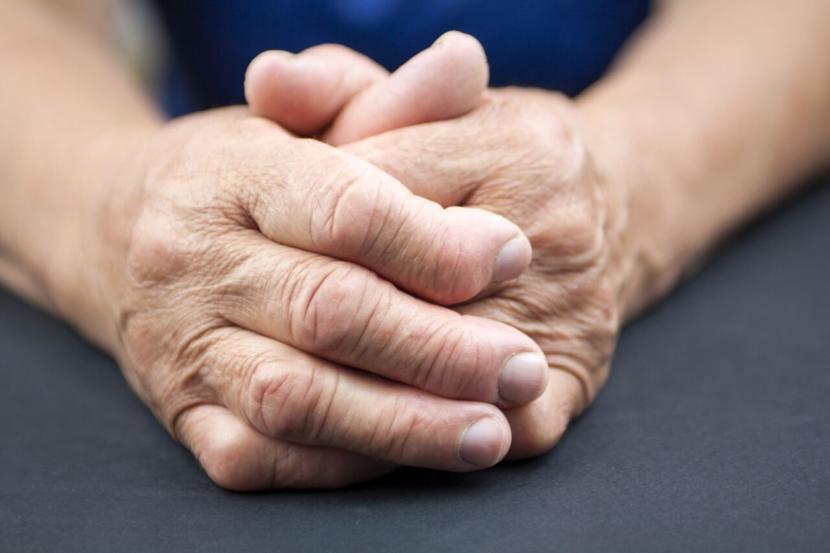Treatments for Rheumatoid Arthritis

Rheumatoid arthritis cannot be cured completely like any bacterial infection, because the root of the disease is still unknown. The pathogenesis is still being worked on by many scientists. But what we do know is that the disease is a long term one and how to treat the symptoms effectively. All the treatment options are aimed at decreasing the symptoms. It has been shown that the disease might go into remission once the treatment starts early. And therefore, it is recommended to get the diagnosis of rheumatoid arthritis early. A complete check-up from doctor once a month won’t take much time. Major treatment options are the following:
Medications: All medications used are to subdue pain and inflammation associated with rheumatoid arthritis, but nowadays some medications are available that can slow down the progression of the disease. The most popular medications used are:
- Non-steroidal anti-inflammatory drugs: These are the drugs which work by blocking an enzyme in the body known as cyclooxygenase, which is involved in production of prostaglandins. Prostaglandins are chemical messengers responsible for pain. These drugs are cheap and can be bought over-the-counter without the need of any prescriptions. NSAIDs like Diclofenac are considered good for rheumatoid arthritis because of its ability to cross the fibrous capsule of the joint.
- Corticosteroids: These can also be used since they suppress the immune system, so they are the most helpful for autoimmune disorders. The most common corticosteroid to be used is prednisolone. They have certain side effects like obesity of the upper part of the body, thinning of the bones, delayed wound healing and diabetes.
- Disease modifying anti-rheumatic drugs: These are new generation drugs which slow down the pathogenesis of rheumatoid arthritis and prevent the joints from damage.
- Biological agents: These are are the newer version of DMARDS, which target the immune system that cause inflammation and block them. Since they decrease inflammation which is actually a protective mechanism of the body, the risk of acquiring infections increases.
It is recommended to administer a combination of biological agents and non-biological agents to the patient.
Therapy: This is most important treatment option for long-term diseases like rheumatoid arthritis. Doctors always recommend physiotherapists, who help the patients maintain a full range of motion. Therapists help cope with daily activities and also give some daily exercises that the patient should do.
Surgery: For some extreme cases when other treatment options like medications and therapy fail to improve the condition, surgery is required. Surgery is done to remove damaged portion of completely replace the joint. The following procedures are available:
- Synovectomy: In this procedure, the damaged synovium is removed. This procedure can be performed on all the joints like knees, elbows, hip and shoulder joint
- Tendon repair: This procedure involves repairing or replacing the tendon that has been loosened up or ruptured due to the inflammation in the joint.
- Joint fusion: This involves connecting the joints together to relieve pain align it in the right direction. It also stabilizes the joint. When joint replacement cannot be performed on a patient, joint fusion is the only option left.
- Total joint replacement: In this procedure, the affected joint is completely replaced by a prosthesis. This helps to eliminate all the symptoms of rheumatoid arthritis. But it does have many side effects. The prosthesis is not a part of body, therefore it can provoke inflammatory response or can cause infections.
All the treatment options provided depends on the age and gender of the patients also. Since rheumatoid arthritis is a disease that occurs around the age of 60, surgery is therefore a last-resort option.














